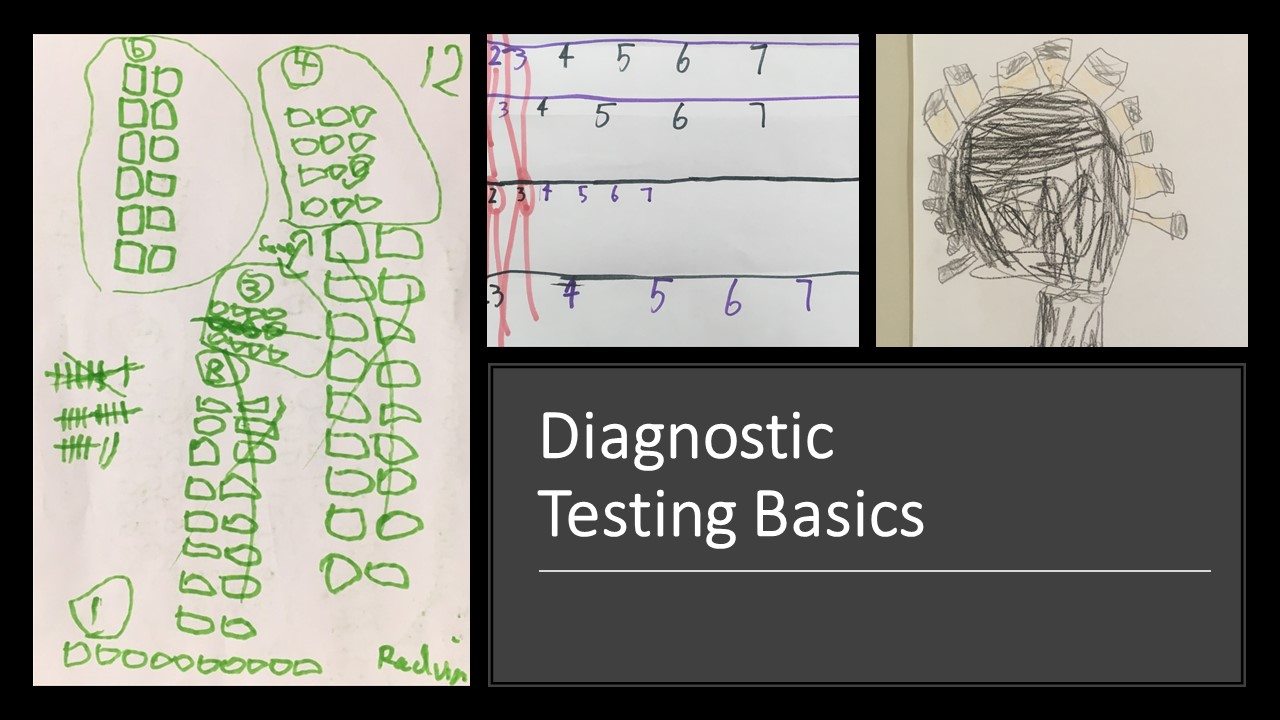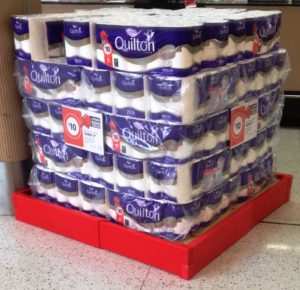
Formative assessment, developmental stages and starting the year well
The goal of formative assessment should always be to find out what each student NEEDS next, rather than focusing
This week I have enjoyed thinking about creative ways to look at volume and capacity. I couldn’t resist snapping a picture of a great example of a right prism (the pallet of toilet paper) when visiting a shopping centre. Check out your local supermarket for lots more ideas!
 Using this picture as an inspiration, here are some questions that I would ask kids:
Using this picture as an inspiration, here are some questions that I would ask kids:
Using kitchen measuring spoons and cups as an inspiration, here are some ideas for investigating with your class:

The goal of formative assessment should always be to find out what each student NEEDS next, rather than focusing
Recently I’ve been pondering findings from a major report into Australian schooling that kids who are struggling in maths by
Developing algorithms is an important area in AC9, and one that is new to many teachers.But what does it mean
Organising your classroom can be tricky, especially when behaviour is an issue. Here are two layouts that I find work,

Extension can be a tricky issue to deal with. While we can try to have extension questions for most in-class
Setting the scene for risk-taking One of the most difficult problems to overcome when establishing a problem-based classroom is encouraging

KENNEDY PRESS PTY LTD
FOR ALL ENQUIRIES, ORDERS AND TO ARRANGE PD:
© COPYRIGHT 2024 KENNEDY PRESS PTY LTD ALL RIGHTS RESERVED TERMS & CONDITIONS